9 Trips in 34 Years Down the Grand Canyon, All in One Book
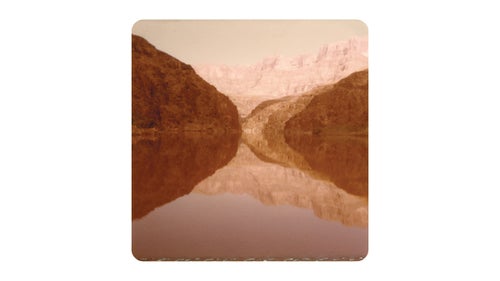
In 1979, 11 years old and armed with a Kodak Instamatic 110, photographer took his first image in the Grand Canyon on a trip with his father, Brent. Phelps shot four rolls of film that trip, but the square prints he developed upon his return didn’t do his memories justice. Ever since, and with a life dedicated to photography, he’s been trying to successfully capture the canyon. Thousands of frames later, and after nine trips over 34 years with his father, Phelps took to sorting through his work. The result is a 108-page book called
Phelps admits to failing at his goal of completely capturing the Grand Canyon’s beauty and what it means to him and his family. But as a collection, the book comes pretty damn close. Here, Phelps shares a few of his favorite frames and stories from more than three decades in the big ditch.
Phelps: This is very likely the first photograph I ever made. It’s in Marble Canyon just after the put-in and is image number one on roll one from my first trip through the canyon in 1979. I had four rolls of 12 exposure film that year.
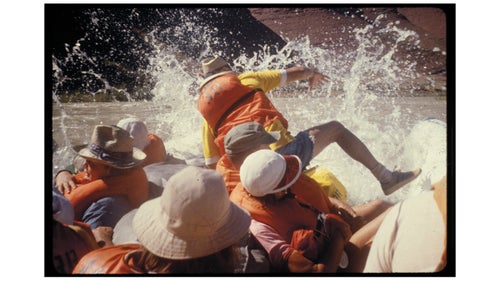
A big, early rapid on the 1979 trip, likely Badger Creek from the looks of the bank. Our first trip was a commercial one when I was 11 years old. Soon after, we built our first raft, I got my first kayak, and nine trips would follow over 34 years.
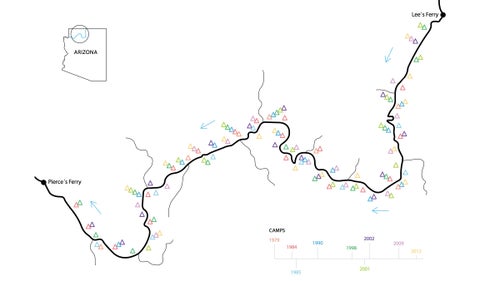
A map representing our nine trips and campsites, from the first in 1979 to the most recent in 2013.
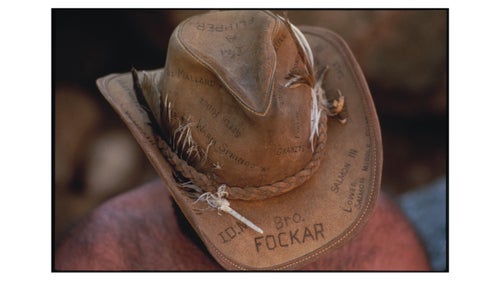
An image from 1984 of my dad, who kept track of all of the big-drops and rapids by burning them into his leather hat.
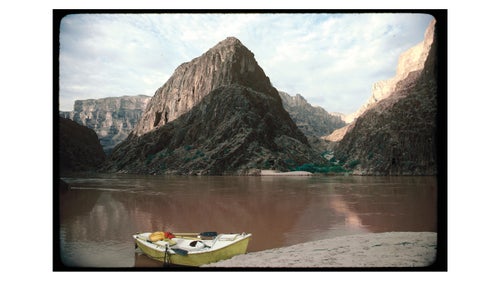
Camp for the night in 1984.

Our first run through the famous Crystal Rapid in 1984 on our first self-supported float. That year we experienced very high water levels. The river was likely flowing around 80,000 cubic feet per second that day.
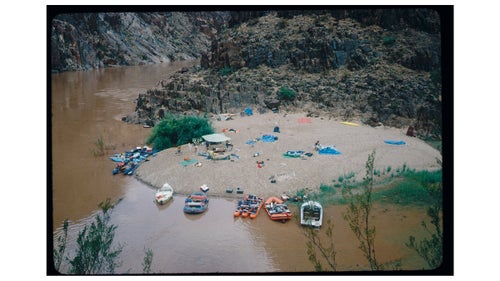
Separation Canyon in 1984. This heart-shaped beach symbolizes what used to be more-or-less the end of the float for many. It is the famous side-canyon which three members of the John W. Powell trip chose to leave the float in 1869.
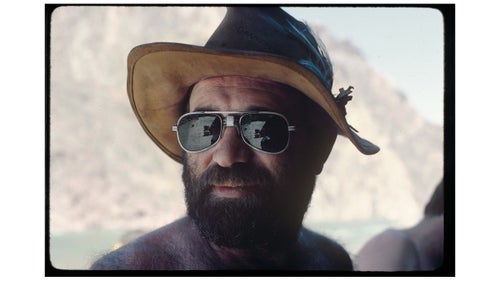
My father on our third trip, in 1985. He always wore his signature leather hat, and the duct-taped glasses repair was standard for him. In this image, he is much younger than I am now.
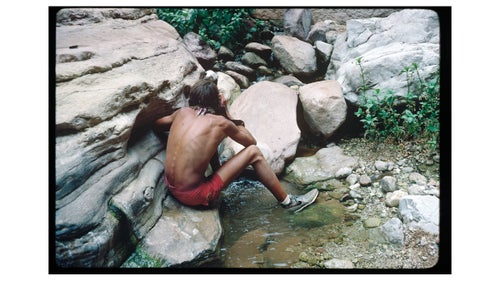
A shot of me photographing in some side canyon in 1985. I can’t tell exactly where.
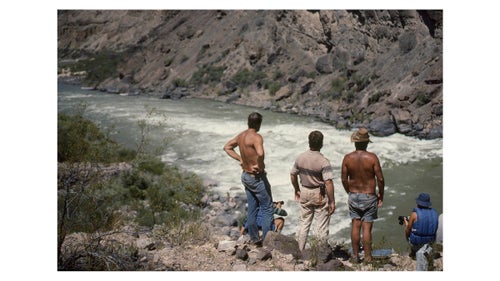
Scouting Lava Falls from river left in 1985. It’s not common today, but in the high-water years the safe run was actually down the left side. Now in the low-water years, the run is on the right, as is the best scouting.